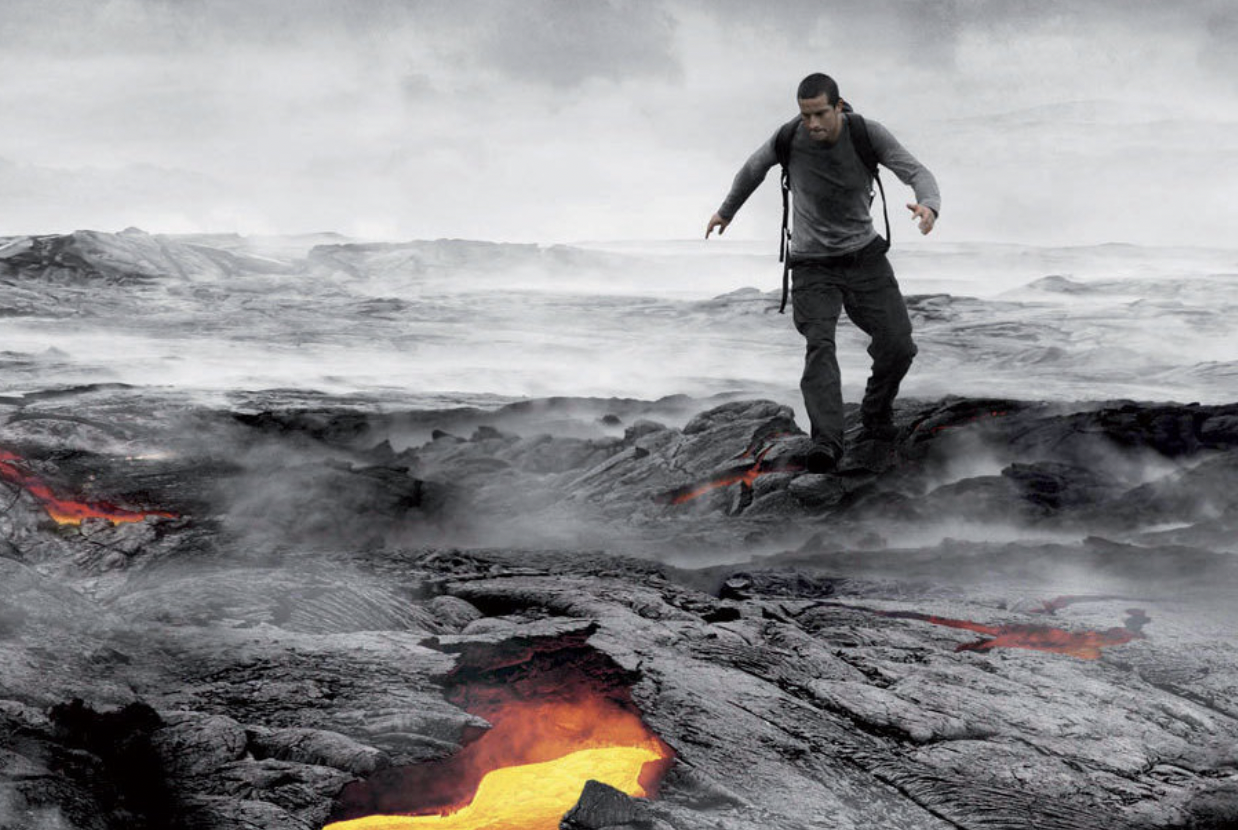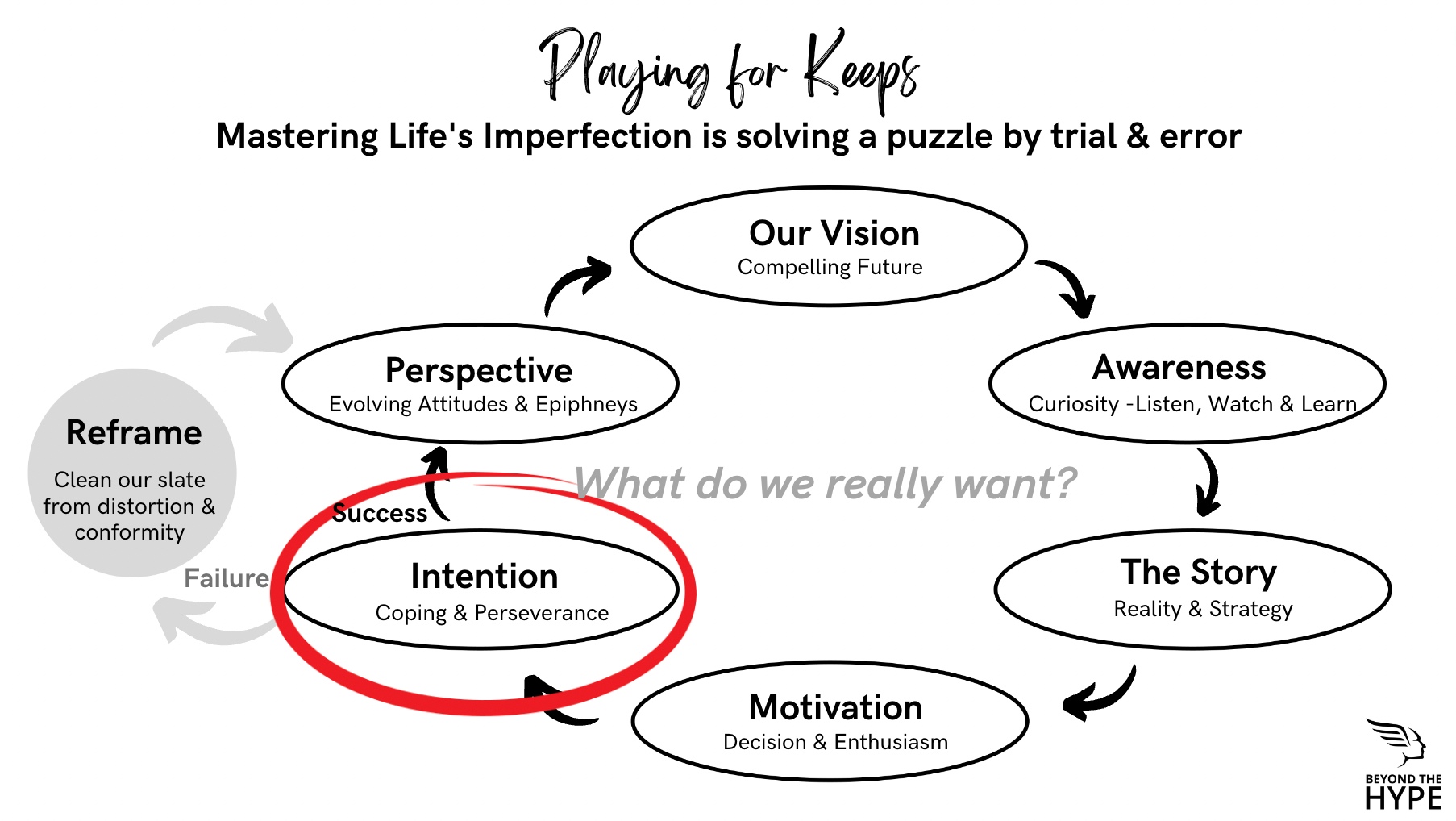Perseverance.
"Most people don't get to where they're going, not from a lack of skills or talent. It's a lack of kind of ability to keep going when it gets hard." -Bear Grylls

“Success is no accident. It is hard work, perseverance, learning, studying, sacrifice, and most of all, love of what you are doing or learning to do.” – Pele.
Persistence is adeptly defined as doing something despite difficulty or delay in achieving success.
Memory is a tricky thing. Most memories fade into a white haze stuffed away in the synapses of our consciousness. Other incidents are seared on our gray matter as if branded with a hot iron.
On a beautiful and cloudy Fall afternoon, I was flying IFR (instrument flight rules) at 12,000 feet 70 miles south-southeast of Denver’s Centennial Airport (APA) inbound for landing. I would leave my plane in Denver and drive to my Aspen home. My single-engine Cirrus SR22 would spend a few nights hangered at the field.
The inside of my cockpit looked like a high-tech control room or a video game with the latest avionics, including two high-definition color flat screens. One screen is dedicated to terrain, my attitude relative to the ground, airspeed, and other vital data. The other screen contained my course overlaid with weather conditions and data regarding the plane’s operational situation.
My weather radar overlay reported clear air and broken clouds—no significant weather events. Also, neither Denver Center nor Centennial’s automated terminal information system (ATIS) reported any weather or wind disturbances worthy of note. Pilots depend heavily on the information given to us by our controlling authorities, like Denver Center, airport information services such as ATIS, and critical last-minute data offered by the airport towers as our final approach. Our planning is only as good as our information. Having landed at Denver’s Centennial on a dozen or more occasions, the field, and its runway, were known quantities.
With my runway 75 miles away, I was on autopilot, cruising at 190 knots straight and level flight with my power at 65%. Winds were from the west at 20 knots. In a world begging for more computer and robot automation, pilots are in planes to manage hazardous situations fraught with uncertain and conflicting information. In short, pilots are the hedge against mother nature’s chaos.
“True genius resides in the capacity for evaluating uncertain, hazardous, and conflicting information.” —Winston Churchill.
My right hand was resting comfortably on my throttle. My left arm was on an armrest. My left hand relaxed on the stick. The Cirrus SR22 has side-stick control or a joystick instead of the typical old-school yoke. My time was spent scanning the horizon and my instruments while listening to Denver Center’s infrequent chatter. My landing prep was done. I had my frequencies set for approach. I was as relaxed as I could get while in the pilot’s seat of any aircraft.
In an instant, I was falling. The nose of my plane up toward the heavens. The weight of my body on my back, my seatbelt straining to contain my body's weight.
Out of my cockpit window, I saw nothing but a blue sky. My stall warning horn blared in my ears. My plane was in a stall. Fortunately, I made a habit of not having open drink containers while in flight; only flight-related items went flying through the air. Over the years, I have learned to expect surprises, especially in clear air.
The why of “falling nose” up took a backseat to surviving the next few seconds. I was falling fast with only my engine-driven propeller spinning to generate lift. Too fast. The rollercoaster ride sensation of the gutwrenching sinking overwhelmed my senses. My concept of time and space was shattered. My stomach lodged in my throat.
The Cirrus SR22/G2 is equipped with a ballistic parachute for the aircraft. In case of an unrecoverable situation, I could pull the release (ripcord) and live to see another day. My mind stayed fixed on a pilot’s number one duty, “fly the plane.” And whatever you do, “don’t stop flying the plane” until you’re parked at the terminal. We are trained to battle adversity with a white-hot passion. To persist in the face of long odds. To be dogged in the determination to save the airplane and the lives inside. Mine. But I wasn’t counting bodies. No time.
I did not think about my friend, whose casket I carried after he splattered his plane across a mountainside. Or his charred remains I had in a coffin. No, I flew my plane with a singular focus worthy of the men and women who trained me.
I lost 500 feet in a breath or two. Think about your worst rollercoaster experience times five. Despite being at an altitude of 12,000 feet, the ground elevation in that part of Colorado was around 5,500 feet. Do the math. I had 6,000 feet of air cushion, not the more comfortable 12,000 feet, and I fell like a stone. That bit of information flooded my brain as my training kicked in full blast, overriding my failing autopilot. Losing 500 feet in a blink meant I had a couple more blinks before I impacted the ground in a fiery mess.
Part of every pilot’s instrument training is called “unusual attitudes.” Affectionately known as “time under the hood.” With a hood over the trainee’s head to limit their vision to the instruments, the pilot must depend entirely on gauges and screens. The idea is to stimulate instrument meteorological conditions (IMC) or zero visibility for the trainee. The process is claustrophobic and demanding. My hands were always sweating as I completed the tasks. Basic and advanced flight maneuvers, along with landing approaches, are repeated time and again with instruments only. Once basic flight and landing approaches are mastered, the real fun begins.
Instructors have the trainees completely cover their eyes as they put the aircraft into stalls, dives, and other contorted flight conditions, saying, “your plane.” The worst possible situations imaginable before handing the controls to the hooded pilot, who must recover the plane to straight and level flight with only instruments. The process is repeated until the flight instructor is satisfied that the pilot can handle zero visibility adversity in all its forms.
No hood time prepared me for my unusual attitude that day. Falling like a hot knife through butter, I slammed my aircraft’s nose down hard, ending the autopilot’s sorry reign as I pushed my throttle to full power, praying for my propeller and wings to find purchase with the wind. My mind stayed calm as I flew the plane and worked the problem the only way I knew. I fought for my survival with red-hot perseverance.
My model for critical thinking is straightforward. Patiently listen, watch, and research, building the story, then ask why. Take the answer to why and test it against reality-seeking feedback. The process is repeated over again until the desired result is achieved. I think strategically and tactically; I don’t outsource my decision to experts in my model. I do the work, vetting the prevailing wisdom. I separate and appreciate the vast difference between strategic and tactical situations.
However, at this moment, patience was out the window. Time is not your friend in most tactical challenges like my current aerodynamic failure. At a critical juncture in any stall, the plane becomes unrecoverable. Often, the pilot has a sixth sense for that critical junction, but he or she keeps flying the aircraft until it hits the ground. Plane crashes are not fender benders; they end lives and turn planes into fiery scrap metal.
I carried the casket of a good friend, who continued to fly his plane as mother nature ripped it apart. His charred remains were barely recognizable to his father. His death was deemed to be a pilot error by the NTSB. I listened to the recording of my friend’s last exchange with the tower courtesy of the good folks at the NTSB. He died at the controls of a burnt ruin of an aircraft on a five-mile final for the runway. My good friend failed adversity’s test and paid dearly for his judgment error. He made the wrong choice, and he was playing for keeps.
As I plummeted to earth hostage to gravity, I retained the ballistic parachute option to clean up my failure to recover my aircraft. I was in command. The choice was mine. And mine alone. No one else. I had to think for myself. As every pilot must. I am not unique or special. But I am well-trained by true professionals.
Except, many years before, I had internalized my “playing for keeps” strategy (see below). I had done the work. I trained for wind shear and microbursts in Palm Springs, California, a couple of years before. I have staked my life on this PFK process repeatedly. At the core of this strategy is pride in yourself and your accomplishments and the ability to thrive, not just survive.

Reality can be bent, but it can not be beaten. As I lost altitude, the laws of gravity and aerodynamics were damning twin forces aligned against me.
Since I am telling this story, only three outcomes seem viable:
1) I crashed and survived,
2) I pulled the plane's ballistic parachute and survived,
3) I recovered my aircraft and survived.
I would love to tell you the end of my little death-defying drama, but what fun would that be? My book Beyond the Hype: Playing for Keeps will be out in a couple of months. My spine-tingling ending will be on those pages. My story’s point is strategy, decisiveness & perseverance in the face of the most daunting challenges separate those who perish from those who survive and thrive.
Until next time. Travel safe.

